2,2,6,6-Tetramethyl-3,5-heptanedione
Synonym(s):Dipivaloylmethane
- CAS NO.:1118-71-4
- Empirical Formula: C11H20O2
- Molecular Weight: 184.28
- MDL number: MFCD00008848
- EINECS: 214-268-3
- SAFETY DATA SHEET (SDS)
- Update Date: 2025-08-25 18:08:31
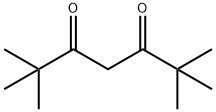
What is 2,2,6,6-Tetramethyl-3,5-heptanedione?
Chemical properties
CLEAR COLOURLESS TO SLIGHTLY YELLOW LIQUID
The Uses of 2,2,6,6-Tetramethyl-3,5-heptanedione
2,2,6,6-tetramethyl-3,5-heptanedione was used in the synthesis of α-aryl-β-diketones1 and dicyanamidobenzene-bridge diruthenium complex.
The Uses of 2,2,6,6-Tetramethyl-3,5-heptanedione
suzuki reaction
The Uses of 2,2,6,6-Tetramethyl-3,5-heptanedione
2,2,6,6-Tetramethyl-3,5-heptanedione is a beta diketone with antibacterial activity.
Definition
2,2,6,6-Tetramethyl-3,5-heptanedioneis a stable, anhydrous reagent. It undergoes O-additions and C-additions. In various reactions, it acts as an air-stable ligand for metal catalysts. Furthermore, it serves as a substrate for heterocycles.
Synthesis Reference(s)
Journal of the American Chemical Society, 100, p. 5428, 1978 DOI: 10.1021/ja00485a030
General Description
Acylation, a replacement to silylation, allows the conversion of compounds that consist of active hydrogens (-OH, -SH and -NH) into esters, thioesters, and amides via the action of a carboxylic acid or derivative. The carbonyl group adjacent to the halogenated carbons is known to improve the electron capture detector (ECD) response. Acylation has several advantages:
- It enhances the stability of compounds by protecting unstable groups.
- It may confer volatility on substances like carbohydrates or amino acids, that have several polar groups that they are non-volatile and usually decompose on heating.
- It facilitates the separations not possible with underivatized compounds.
- Compounds are detectable at very low levels with an ECD.
2,2,6,6-Tetramethyl-3,5-heptanedione is a reagent used to form fragmentation-directing derivatives for GC/MS analysis.
Synthesis
Methyl pivalate and formamide could be used as starting materials to synthesize 2,2,6,6-Tetramethyl-3,5-heptanedione.
Properties of 2,2,6,6-Tetramethyl-3,5-heptanedione
| Melting point: | >400 °C (decomp) |
| Boiling point: | 72-73 °C/6 mmHg (lit.) |
| Density | 0.883 g/mL at 25 °C (lit.) |
| refractive index | n |
| Flash point: | 153 °F |
| storage temp. | Sealed in dry,Room Temperature |
| solubility | Difficult to mix. |
| form | Liquid |
| pka | 11.60±0.10(Predicted) |
| Specific Gravity | 0.883 |
| color | Clear colorless to slightly yellow |
| BRN | 1447269 |
| CAS DataBase Reference | 1118-71-4(CAS DataBase Reference) |
| EPA Substance Registry System | 3,5-Heptanedione, 2,2,6,6-tetramethyl- (1118-71-4) |
Safety information for 2,2,6,6-Tetramethyl-3,5-heptanedione
| Signal word | Warning |
| Pictogram(s) |
 Exclamation Mark Irritant GHS07 |
| GHS Hazard Statements |
H227:Flammable liquids H302:Acute toxicity,oral |
| Precautionary Statement Codes |
P210:Keep away from heat/sparks/open flames/hot surfaces. — No smoking. P264:Wash hands thoroughly after handling. P264:Wash skin thouroughly after handling. P280:Wear protective gloves/protective clothing/eye protection/face protection. P370+P378:In case of fire: Use … for extinction. P403+P235:Store in a well-ventilated place. Keep cool. P501:Dispose of contents/container to..… |
Computed Descriptors for 2,2,6,6-Tetramethyl-3,5-heptanedione
| InChIKey | YRAJNWYBUCUFBD-UHFFFAOYSA-N |
New Products
Indole Methyl Resin tert-butyl 9-methoxy-3-azaspiro[5.5]undecane-3-carboxylate Boc-His(Boc)-OH 2-CTC Resin 4-Chloro-7-tosy1-7Hpyrrolo[2,3-d]pyrimidine 5,7-Dibromo-1H-indole 2,5-dichloro-N-hydroxy-4,6-dimethylpyridine-3-carboximidamide 2,2-Dimethoxy-7-azaspiro[3.5]nonane hydrochloride 4-chloromethyl-5-methyl-1,3-dioxol-2-one (DMDO-Cl) R-2-BENZYLOXY PROPIONIC ACID 1,1’-CARBONYLDIIMIDAZOLE 1,1’-CARBONYLDI (1,2-4 TRIAZOLE) N-METHYL INDAZOLE-3-CARBOXYLIC ACID 4-((2-hydroxyethyl)thio)benzoic acid 1-(TERT-BUTOXYCARBONYL)-2-PYRROLIDINONE Methyl 6-methylnicotinate 3-Pyridineacrylic acid tert-Butyl carbazate TETRAHYDRO-2H-PYRAN-3-OL 2-((4-morpholinophenylamino) (methylthio) methylene) malononitrile 3-(4-morpholinophenylamino)-5-amino-1H-pyrazole-4-carbonitrile 2,4-dihydroxybenzaldehyde 1,3-Diethyl-1,3-Diphenylurea Methyl 2-methylquinoline-6-carboxylateRelated products of tetrahydrofuran


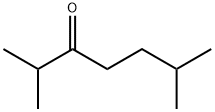

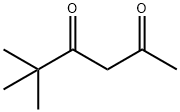

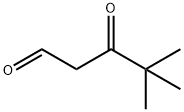
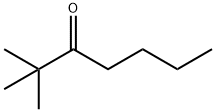
You may like
-
 Dipivaloylmethane CAS 1118-71-4View Details
Dipivaloylmethane CAS 1118-71-4View Details
1118-71-4 -
 2,2,6,6-Tetramethyl-3,5-heptanedione CAS 1118-71-4View Details
2,2,6,6-Tetramethyl-3,5-heptanedione CAS 1118-71-4View Details
1118-71-4 -
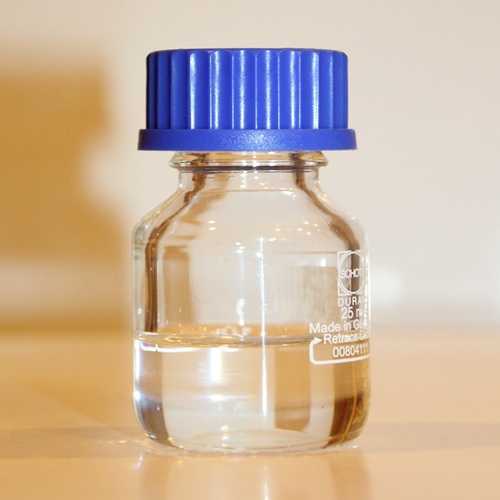 Pyridine 99.5% HPLC /UV SpectroscopyView Details
Pyridine 99.5% HPLC /UV SpectroscopyView Details
110-86-1 -
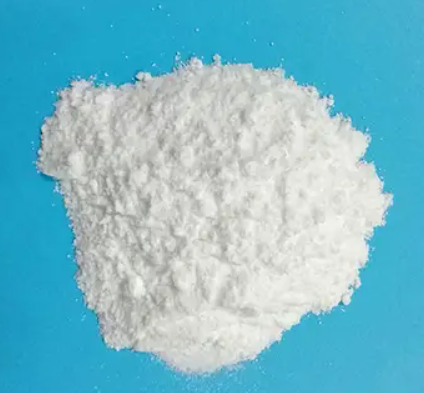 Piperazine Spot supply, best priceView Details
Piperazine Spot supply, best priceView Details
110-85-0 -
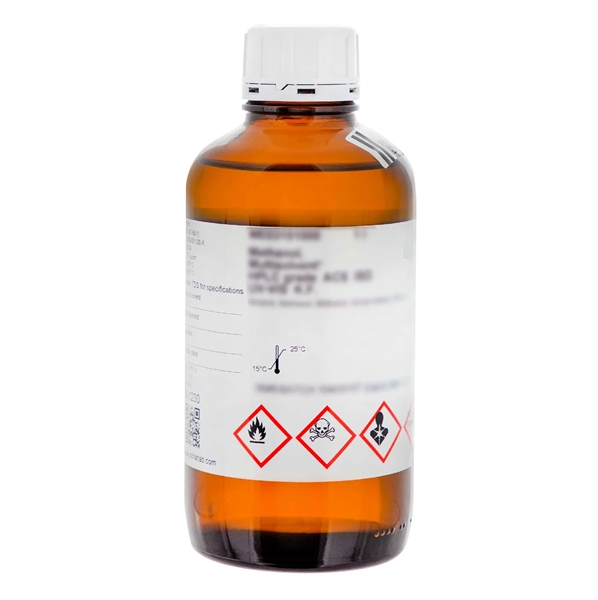 Dibutyl PhthalateView Details
Dibutyl PhthalateView Details
84-74-2 -
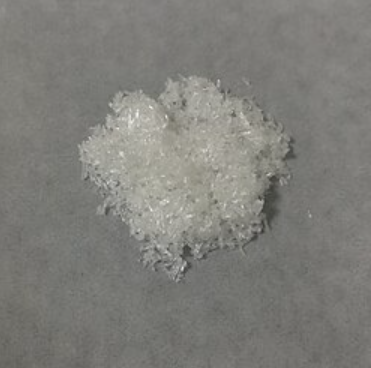 Imidazole Spot supply, competitive priceView Details
Imidazole Spot supply, competitive priceView Details
288-32-4 -
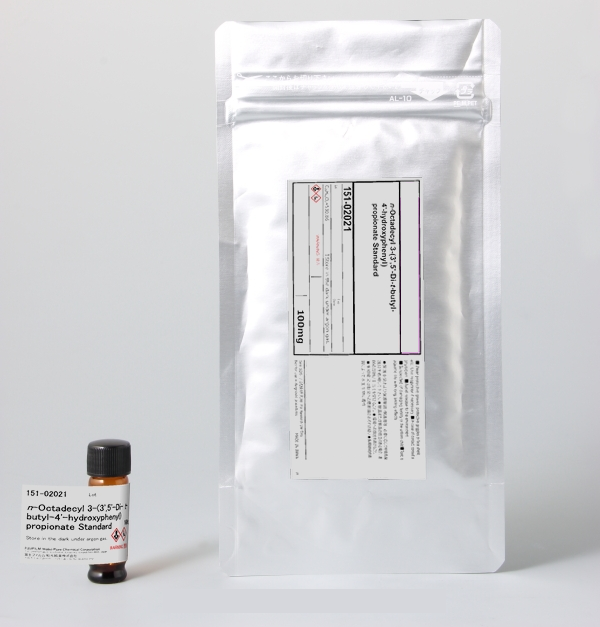 Octadecyl 3-(3,5-di-tert-butyl-4-hydroxyphenyl)propionate 98% (GC)View Details
Octadecyl 3-(3,5-di-tert-butyl-4-hydroxyphenyl)propionate 98% (GC)View Details
2082-79-3 -
 Thiourea 99% ARView Details
Thiourea 99% ARView Details
62-56-6
